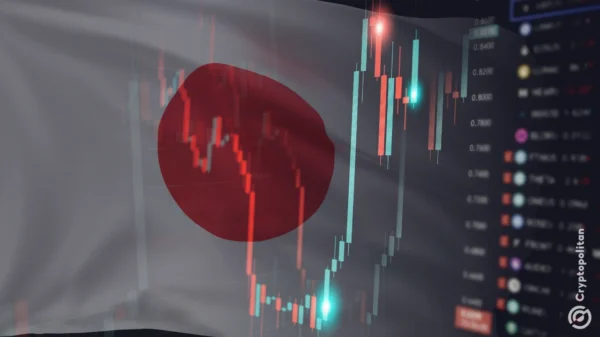Bitcoin experienced a significant downturn following its historic peak of over $126,000 on October 6th. The rally”s zenith was short-lived, as a drastic reversal began shortly thereafter.
Analysis from The Kobeissi Letter points to October 10th as a pivotal moment when President Trump threatened to impose 100% tariffs on China. This announcement coincided with the largest single-day liquidation in the cryptocurrency market, totaling approximately $19.2 billion. Such a shock severely disrupted market momentum, preventing Bitcoin from regaining stability, even amidst subsequent positive macroeconomic news.
The market”s challenges intensified on October 30th following the announcement of a U.S.-China trade deal. Contrary to expectations that this news might stabilize market sentiment, liquidation pressures escalated. High levels of leverage and crowded speculative positions led to ongoing forced selling in derivatives markets.
By November 3rd, liquidation waves returned, and from November 10th onward, Bitcoin experienced a consistent decline. Average daily liquidations reached nearly $1 billion, indicating that market movements were driven more by mechanical factors than by deteriorating fundamentals.
As of November 20th, Bitcoin had declined by 31% over 45 days, settling around $86,000. This decline occurred without any notable bearish macroeconomic events, while equities and precious metals continued to achieve new highs, showcasing the isolation of the cryptocurrency downturn.
The analysis concludes that this drawdown reflects a mechanical bear market characterized by excessive leverage, thin liquidity, and a series of liquidation clusters that exacerbated the situation. The underlying fragility of the market, rather than a decline in fundamental factors, was primarily responsible for this downturn.
Typically, mechanical selloffs resolve when leverage is fully unwound, allowing spot-driven flows to reassert their influence. If this pattern holds true, the recent correction could serve as a structural reset rather than an indication of a long-term shift in the fundamental trajectory of cryptocurrencies.






































































